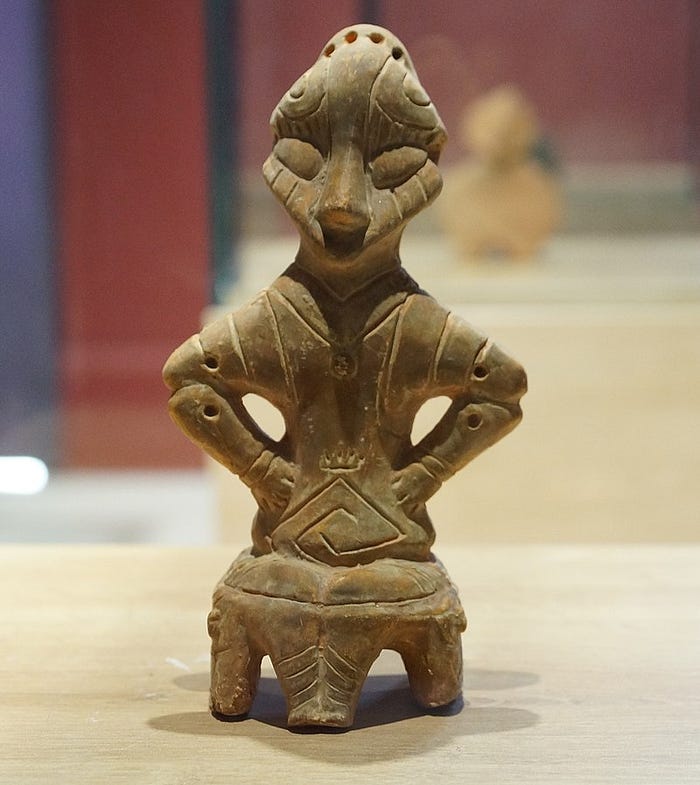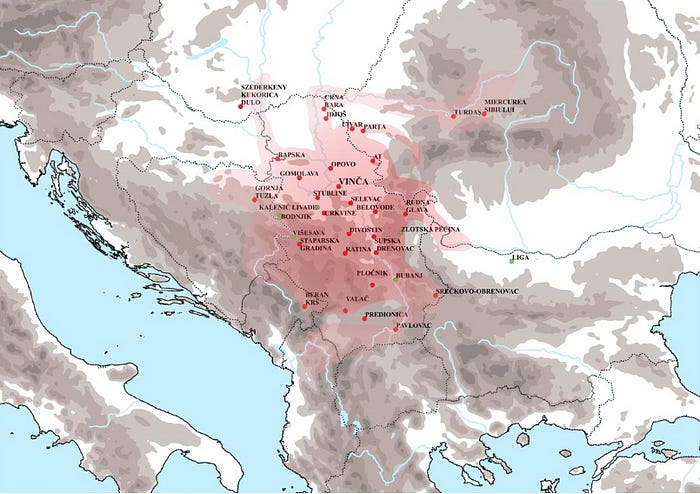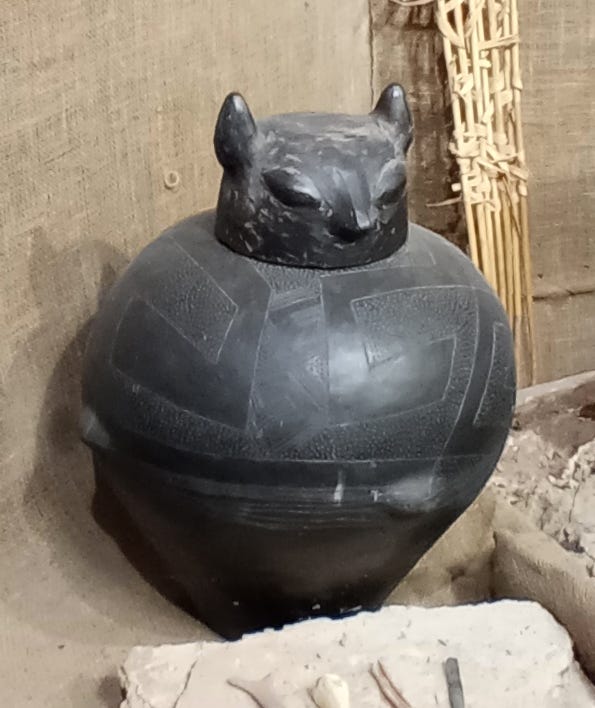Did an Ancient Balkan Culture Invent Writing Before Mesopotamia?
The story of the Vinča culture, Europe’s first civilization

In 2004, linguists, historians, and archaeologists gathered in Novi Sad, Serbia, for an international conference. Among the speakers was Shan M.M. Winn, a former Professor of Anthropology at the University of Southern Mississippi. In 1981, he published a landmark study, Pre-Writing in Southeastern Europe: The Sign System of the Vinča Culture, which earned him fame in academia.
Winn made a startling revelation to the audience.
He knew a script existed in Europe two thousand years before writing appeared in Egypt and Mesopotamia. However, the academic climate in the 1970s wouldn’t allow a shift away from the widely held belief that Mesopotamia was the cradle of civilization. He had to compromise and carefully word his thesis, terming the script as “pre-writing,” or it would be rejected.
Fortunately, researchers no longer have to walk on eggshells. Most historians and archaeologists now believe that civilizations developed independently around the world. However, a European civilization thousands of years before the Minoans, with a written script and advanced metallurgy, remains a subject of controversy.
Academics studying ancient Mesopotamia don’t believe a society discovered writing before Sumer or Egypt.
Winn researched a civilization known as the Vinča culture, which flourished in the Balkans between 5400 BC and 4500 BC. These remarkable people smelted copper during the Neolithic Era, making them the world’s first metallurgists.
However, their most controversial legacy is inventing a writing system that continues to divide experts. While some believe it is a script, others refuse to accept the argument, terming the Vinča symbols as “proto-writing.”
Vinča isn’t a new civilization. Its sites were dug up in the late 19th and early 20th centuries. Yet, the culture has rarely been discussed outside the academic circles of the Balkan nations. Despite this wealth of evidence and research, why is the Vinča script so divisive, and the civilization seldom discussed beyond academia?
Let us find out
Reminder: By choosing a paid membership (just $5 a month or $50 annually), you're helping amplify voices that history books too often overlook. Your support means these stories get the attention they deserve.
You’ll gain access to tons of members-only content👇
Full-length deep dives into untold stories, like this one: no paywalls, no cuts.
The entire archive of extraordinary tales from the Ice Age to the Fall of the Mongol Empire, the hottest archaeological finds, and the appetizing history of food.
Early access to special editions, be the first to dive in.
Join lively discussions in members-only posts and subscriber chats (there’s one at the end of the post!)
The Origins of the Vinča culture

Around 7000 BC, a group of these Neolithic Anatolian Farmers crossed over Greece and into the Balkans, introducing agriculture to Europe. They migrated north and northwest, entering North Africa through the Iberian Peninsula. We refer to this group as the Early European Farmers (EEF). They mixed with the European Hunter-Gatherers, also known as Western Hunter-Gatherers (WHG), and over the next few millennia, transformed Europe into an agriculture-driven economy, with several farming communities emerging across the continent. One such group formed by the descendants of EEF was the Vinča culture.
The Vinča culture is centered in the Balkans, encompassing present-day Serbia and Kosovo, as well as parts of Romania, western Bulgaria, eastern Macedonia, and southern Hungary. The civilization is named after the Vinča-Belo Brdo archaeological site in Serbia, first excavated by Miloje Vasić in 1908.

Academics continue to debate the origins of the Vinča culture, with two competing theories. The first hypothesis suggests that a wave of migrants from Anatolia started civilization after the preceding Neolithic cultures of the Balkans had declined. The similarities in the ‘Black Burnished Ware’ pottery style between Anatolia and early Vinča sites are cited as evidence for the Anatolian migration theory.
Other scholars favor a local origin, suggesting that the Vinča culture emerged from the Neolithic Starčevo culture of Serbia, which lasted from approximately 6200 BC to 4500 BC.
The Starčevo culture originated in present-day Serbia, on the banks of the Danube, as a result of migrating Anatolian farmers who first settled in Greece and then moved north into the Balkan heartland. One of the more striking discoveries at the Starčevo archaeological site is a “red-haired goddess” figurine with large buttocks and small breasts, possibly a continuation of Neolithic statuettes found in Anatolia.

The Vinča culture exhibits similar pottery styles to those of the preceding Starčevo culture, indicating continuity. Further, many of the Vinča sites were built on the Starčevo settlements.
Recent studies reveal that both arguments could be valid. The Vinča civilization incorporated characteristics of both migratory and indigenous people, and the academic debate has evolved beyond the competing binary theories.
Regardless of which hypothesis you believe about its origins, the Vinča culture pioneered several innovations previously unheard of in Europe. Let’s examine the social structure that enabled them to do so.
Keep reading with a 7-day free trial
Subscribe to Forgotten Footprints to keep reading this post and get 7 days of free access to the full post archives.



